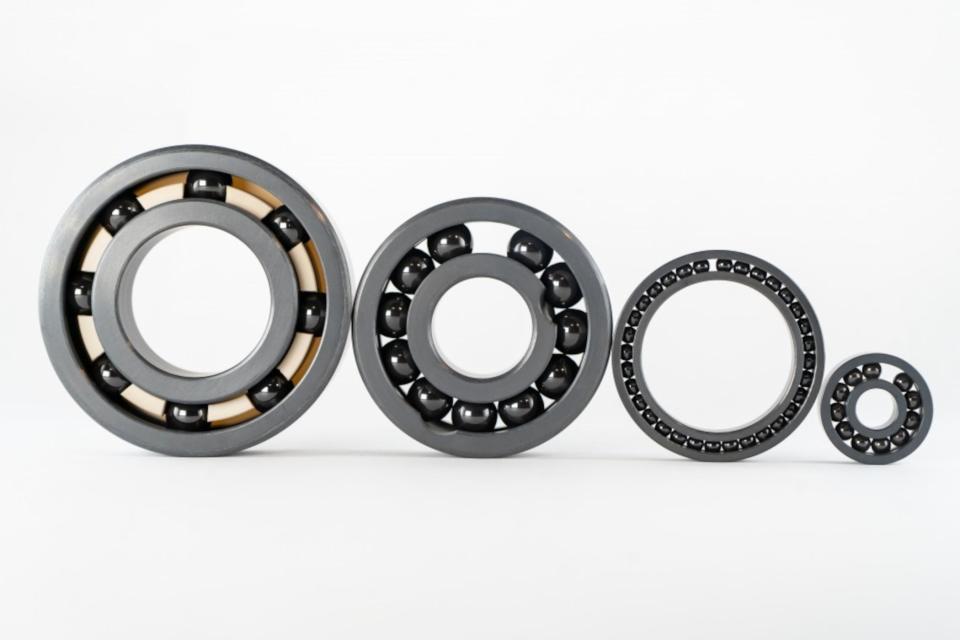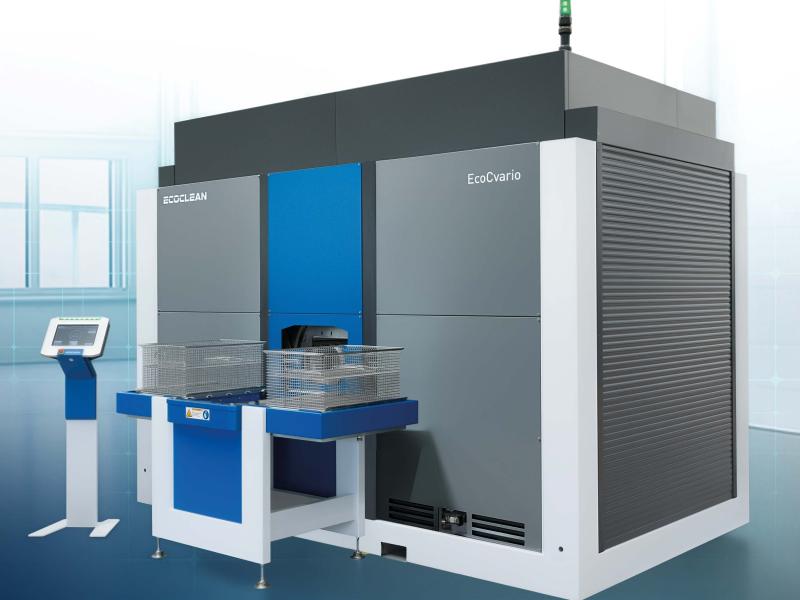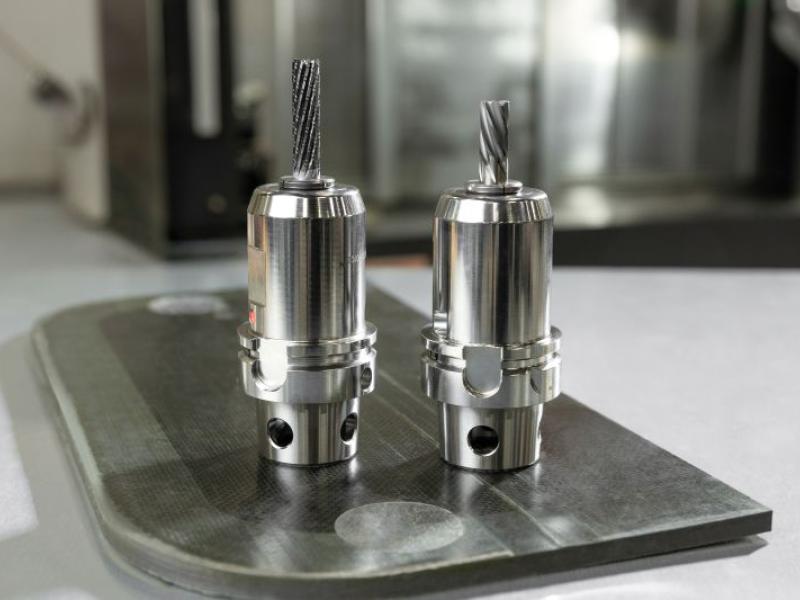In aerospace engineering, every gram matters. Reducing weight isn’t just about trimming fuel costs — it’s central to improving range, agility, emissions and structural performance. With modern aircraft increasingly designed around composite materials, optimised forms and ultra-efficient systems, even the smallest components are under pressure to do more with less. Here, Chris Johnson, managing director at SMB Bearings, explains how miniature and specialist bearings help meet the demand for lightweight, highly accurate aerospace parts.
From the outset, the aerospace industry has always aimed to fly higher, faster and further — but today, that ambition must be balanced with efficiency, sustainability and safety. A key enabler of all three is weight reduction.
According to Tech Briefs, aircraft like the Boeing 787 achieve a ten to twelve per cent improvement in fuel efficiency with just a 20 per cent reduction in structural weight. That’s not just an operational advantage — it’s a critical competitive differentiator in a sector facing rising fuel costs and net-zero targets.
This push for lightweighting is visible across the board — from primary structures down to sensors, wiring and also bearings. Components that were once oversized or over-engineered are now being reimagined in miniature, often using advanced materials and topological optimisation to trim every unnecessary gram.
Bearings in compact, high-performance systems
Bearings may not dominate the headlines in aerospace design — but they are fundamental to the smooth and precise operation of a wide range of systems. From flight control actuation and avionics to satellite navigation, instrumentation and cooling fans, aerospace bearings are everywhere — and in modern systems, they are getting smaller and more specialised.
Miniature bearings, often just a few millimetres in diameter, are essential in space-constrained assemblies. These are typically used in high-speed rotating parts where precision and stability must be guaranteed, despite thermal variation or vibration. For example, in gyroscopic stabilisers, navigation units or electromechanical actuators, a failure in bearing performance can compromise the accuracy — or even the safety — of the system.
Meeting aerospace-grade demands
Miniature bearings used in aerospace must not only be compact — they must also demonstrate exceptional resistance to wear, corrosion and temperature variation. This often calls for specialist materials and coatings.
A closer look — Miniature bearings in flight control actuators
Consider the role of bearings in electro-mechanical actuators (EMAs), increasingly used to replace traditional hydraulic systems in modern aircraft. EMAs are lighter, more energy-efficient and require less maintenance — but their performance hinges on the reliability of internal components, particularly bearings.
A typical EMA includes a series of gears, screws and shafts, all supported by compact bearing assemblies. These must function smoothly under load, even with rapid directional changes and in extreme ambient conditions. For instance, an aerospace OEM might consult a specialist bearing supplier that, in turn, specifies precision miniature bearings with solid lubrication and special seals. This would reduce the need for re-lubrication and enhance system reliability over extended periods.
The result? Lighter actuation systems that perform consistently over thousands of cycles, without the added weight or complexity of hydraulic lines and pumps. This is just one example of how specialist bearings can support high-performance aerospace systems.
Lubrication for long-term performance
In compact aerospace systems, access for maintenance is limited — and the operating environment is often extreme. That’s why lubrication strategies are a vital part of bearing specification.
Dry lubricants, such as tungsten disulphide or molybdenum disulphide coatings, can be applied to bearing surfaces to reduce friction and wear without requiring traditional oils or greases. Alternatively, solid lubricants can deliver long-lasting protection against moisture and temperature-induced degradation.
These options are especially valuable in applications like avionics or satellites, where lubrication must be vacuum-compatible or where zero-maintenance operation is critical. Choosing the right lubricant — or lubrication-free design — helps ensure miniature bearings continue to perform even under aerospace’s harshest conditions.
Small bearings, big impact
As the aerospace sector continues its push toward fuel efficiency, electrification and sustainability, the role of miniature and specialist bearings is becoming more visible. These compact components enable the design of lighter, smarter, more efficient systems — from control surfaces to cabin environments and everything in between.
By focusing on high-performance materials, corrosion resistance, thermal stability and precision manufacturing, bearing suppliers like SMB Bearings are helping engineers deliver the next generation of aircraft — ones that fly further, burn less fuel and meet the performance demands of a rapidly changing world.
For more information on SMB Bearings’ range of miniature, hybrid and stainless-steel bearings for aerospace applications, visit smbbearings.com.






